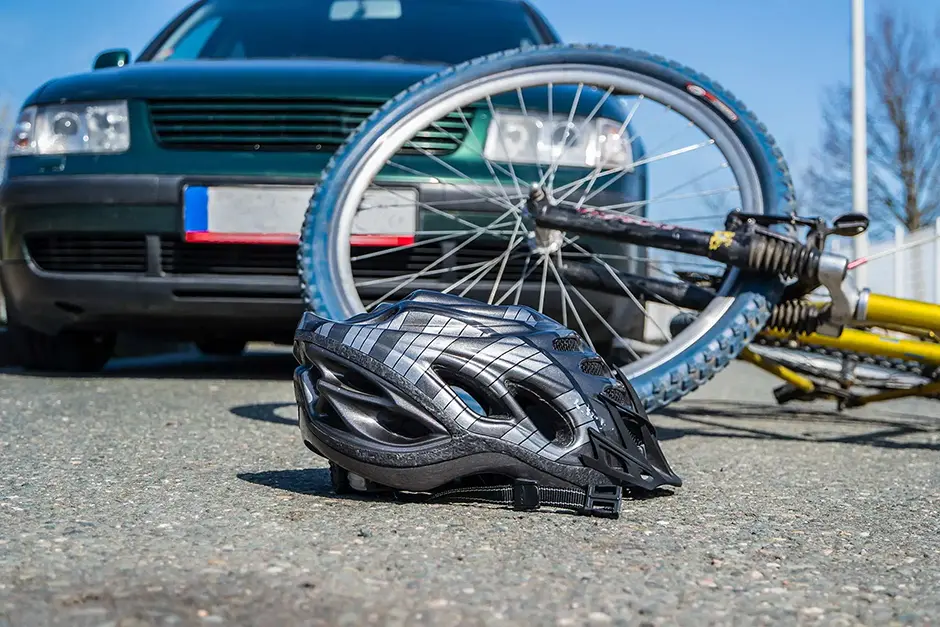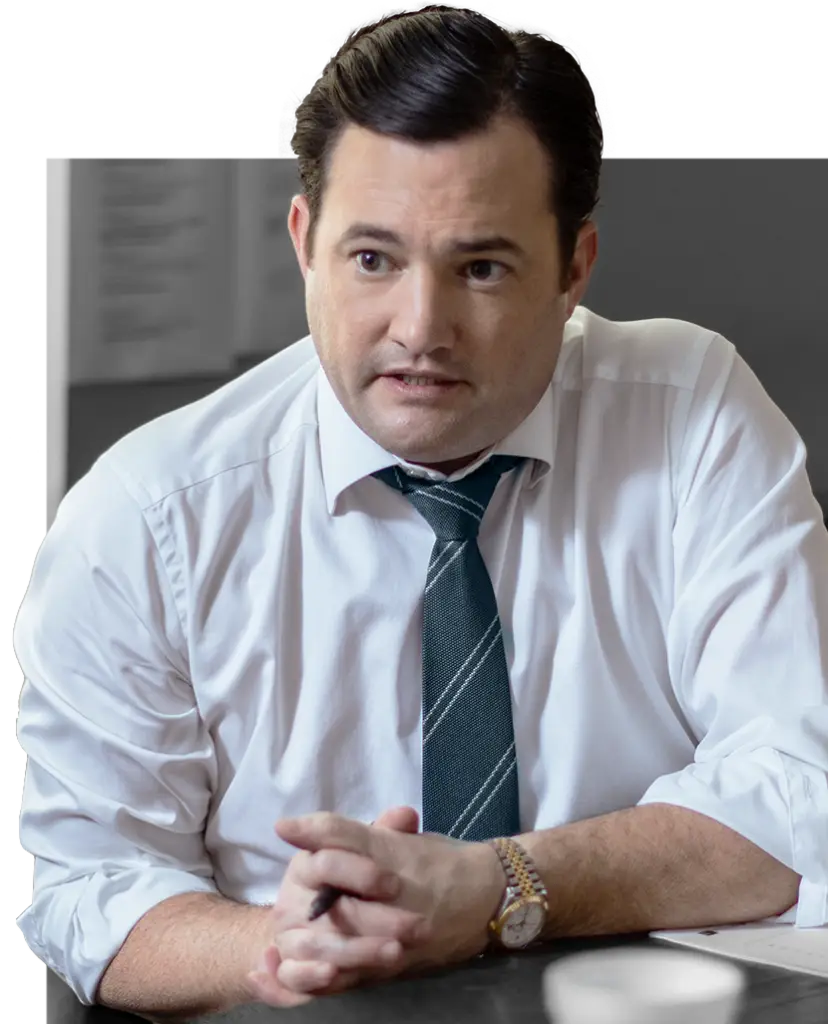Bicycle accidents can cause severe and catastrophic injuries or even result in fatalities. Given how vulnerable bicyclists are due to the lack of protection vehicle owners enjoy, it’s understandable for injured victims and their loved ones to wonder, “Who is liable in a bicycle accident case?”
Liability in bicycle accident cases comes down to fault. Did the driver’s negligence cause the accident? Or was the bicyclist responsible for the crash? Once the involved parties determine who was at fault for the crash, they can pursue damages from the liable party and their insurance company.
But first, let’s understand the basics of liability and how they affect bicycle accident claims.
The Basics of Bicycle Accident Liability
All road users, including motor vehicle drivers and bicyclists, must obey the rules of the road. Drivers must share the road and yield the right of way to other road users when required. Both drivers and cyclists owe a duty of care to all road users while on the road.
However, following traffic laws doesn’t prevent bicycle accidents. You may obey all traffic rules yet still get hit by a distracted, speeding, or drunk driver. What’s next?
Fatal bicycle accidents happen in Texas, Louisiana, and all across the U.S. According to the National Highway Traffic Safety Administration (NHTSA), 966 pedal cyclists were killed in 2021, accounting for 2.2% of all traffic fatalities. This figure represents a 1.9% increase in fatalities from the 948 killed in 2020. Approximately 41,615 pedal cyclists sustained some sort of injury during the same year.
Liability in a Bicycle Accident
To prove liability in a bicycle accident, a plaintiff bears the burden of establishing certain elements, including:
Duty of Care
The first step in proving liability in a bicycle accident is establishing that the defendant owed you a duty of care. For example, all truck drivers must obey federal hours of service regulations while on the road. This guarantees all road users their safety and well-being.
Breach of Duty
Proving a breach of duty means showing that the at-fault party disregarded their duty by acting negligently or carelessly. For example, a driver who runs a red light and hits a cyclist is considered to have breached their duty of care.
Causation
The third step in a bicycle accident case is linking your injuries to the defendant’s negligent actions and breach of care. Here, you must show that your injuries are directly related to the defendant’s actions or inactions. Without causation, the other involved party isn’t liable for your injuries.
Damages
The final step in proving liability in a bicycle accident claim is showing you suffered damages due to the at-fault party’s negligence. Damages recoverable in a bicycle wreck case may include medical bills, mental anguish, and lost wages.
Evidence That Can Prove Liability
To prove liability in a bicycle accident case, it’s necessary to gather evidence to help prove fault. One crucial piece of evidence that can help establish negligence and prove fault is the police report. Make sure you call 911 if you have been involved in a bicycle accident. Once you contact the police, they will arrive at the accident scene and prepare an incident report of what happened. They may also issue citations to any negligent parties involved.
Other valuable pieces of evidence that can help you establish liability in a bicycle accident include:
- Photos and videos from the scene and visible injuries
- Eyewitness statements
- Medical records
- Dashcam and traffic camera footage
- Party admissions
- Phone records
If you are too injured to take photos and videos at the scene, ask someone else to gather evidence. Photographic evidence at the scene, including skid marks, road conditions, and debris from the accident, can significantly help prove liability.
It’s also critical that you keep all your medical bills and document all other accident-related bills. Such records can come in handy when proving the severity of your injuries and damages.
Liable Parties in a Bicycle Accident Case
Determining liability in a bicycle accident case requires careful consideration of various factors and whether the parties involved adhere to traffic rules. Some of the parties that can be responsible for a bicycle accident include:
The Driver
Driver negligence in bicycle crashes can look like swerving into a bike lane, failing to obey traffic signals, fleeing the scene after a hit-and-run accident, or any number of other situations. Common reckless actions that may lead to bicycle accidents include running a cyclist off the road, tailgating close to a cyclist, and opening a door in a biker’s path.
Pedestrians
In certain instances, pedestrians can cause bicycle accidents, with some resulting in severe injuries or even multiple car crashes. One of the common ways pedestrians cause bicycle accidents is by ignoring traffic signals at intersections or dashing midblock.
Defective Bicycle Equipment
It is tempting to assume that accidents just happen. In truth, there is always a reason for accidents, whether bicycle or auto crashes. Defective brakes, chains, bike frames, and tires can increase your risk of an accident. Defective safety gear and helmets may also lead to severe injuries during crashes.
Hazardous Road Conditions
Cyclists have as much right to safe riding paths as motorists. Spilled gravel, potholes, construction sites, sudden changes in the road surface, and debris are potential hazards that relevant government agencies, such as municipalities, should address before they cause catastrophic accidents.
The Cyclist
If a cyclist performs a careless action, they may be partly or entirely liable for an accident. For example, if a cyclist rides their bike against traffic rather than using the dedicated bike lane, they may be liable for injuries in the event of an accident.
Bicycle accidents can be a traumatic experience, especially if you are a cyclist hit by a motorist. Severe, disabling, or permanent injuries are common in such accidents. This is why you should gather evidence at the accident scene to prove if any other involved party is liable for your injuries.
Liability in a bicycle accident is determined by proving the defendant breached their duty of care, leading to your injuries and damages. If you believe you were the victim of another person’s negligence, you may be able to receive compensation for your medical bills, lost wages, mental anguish, and more. Contact a skilled personal injury attorney for a free consultation about your rights.
Sources:
- 2021 Data – Bicyclists and Other Cyclists. National Highway Traffic Safety Administration. Accessed December 2023.
- Summary of Hours of Service Regulations. Federal Motor Carrier Safety Administration. Accessed December 2023.









